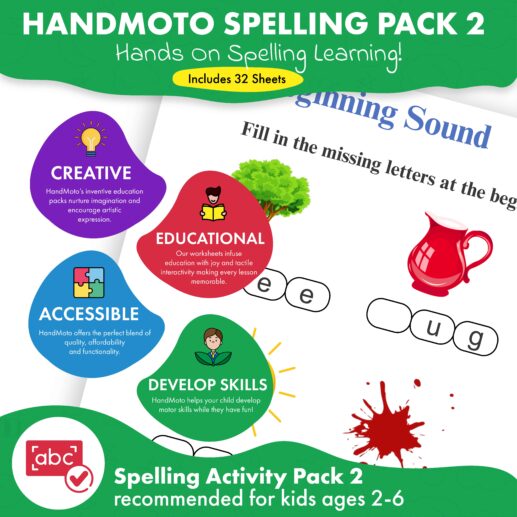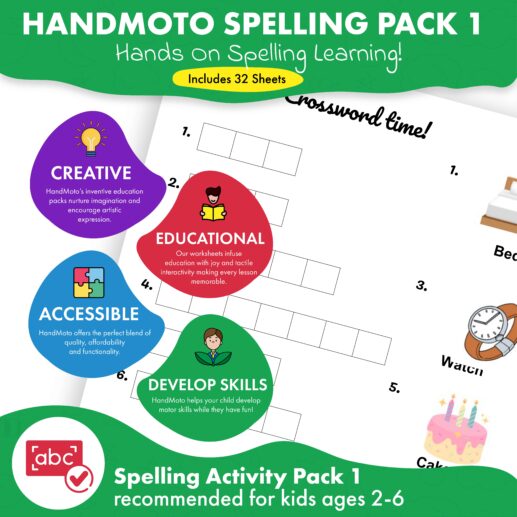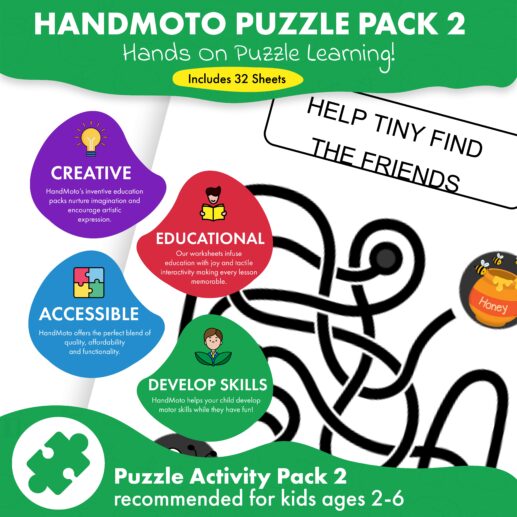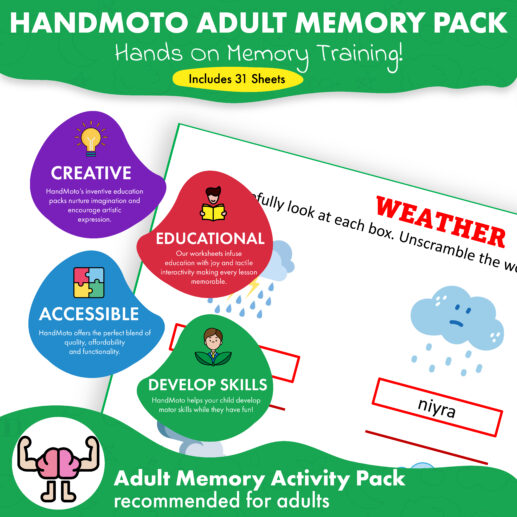In today’s digital age, concerns about electronic addiction among young children are on the rise. As smartphones, tablets, and other electronic gadgets become widely available, kids are drawn to screens for social contact, education, and pleasure more frequently. What is internet addiction, and how common is it among our children?
Electronic addiction, often known as internet or screen addiction, is defined by excessive and obsessive usage of electronic gadgets. It results in a range of harmful consequences on a child’s life. Numerous studies have demonstrated the increasing rate of electronic addiction among children globally, while precise numbers may differ. Easy access to gadgets, immersive digital material, and peer pressure add to the attractiveness of screens, as do the difficulties of effectively controlling screen time.
Recognizing Signs of Electronic Addiction
Electronic addiction is not something invisible and undetectable. Once identified, you will be unable to ignore its terrible nature and threat to your children’s health. It is crucial to address them promptly, so if you notice any of the following symptoms, you should be concerned. Among the most common red flags are excessive screen time, anger when screen time is reduced, mood swings, loss of interest in offline activities, or difficulty keeping focus. As a parent or a caregiver, you should know how to deal with these problems. It may require a lot of proactive measures, and establishing a healthier balance between screen time and other activities.
Skeletal Posture Issues
Commonly, extended periods of screen time combined with poor posture habits. Working together, these two can lead to problems with the way children’s bones and muscles align. This can cause issues like:
- Rounded shoulders. Shoulders curve forward, developing an overall hunched appearance.
- Forward head posture. The head protrudes forward from its natural alignment.
- Strained neck muscles.
- Back pain. Muscles become tight and sore.
- Headaches. Tension in the neck and shoulders can cause severe blood flow issues and headaches.
Behavioral Changes
Terrible changes may happen not only in children’s physique but also in their behavior. The negative impact of electronic addiction can be seen in a child’s social life and academic performance. You may notice:
- Decline in interest in learning.
- Impulsivity or difficulty regulating emotions.
- Loss of interest in offline activities, hobbies, or sports.
- Sensitivity to screen-related stimuli, such as notifications.
Psychological Impacts
The emotional well-being of children nowadays is under great pressure, and things are getting worse if internet addiction is involved. Excessive screen time can cause some psychological issues, such as:
Social withdrawal. Children may start to prefer virtual interactions over face-to-face communication. It can result in social isolation or difficulties with forming healthy relationships.
Low self-esteem. Without critical thinking, children tend to compare themselves to online influencers. This comparison is often inadequate and leads to feelings of self-doubt or unworthiness.
Anxiety and depression. Social isolation, on the one hand, and the idealization of virtual reality, on the other, are things that even an adult has a hard time handling, not speaking of a child. Further development of electronic addiction can only deepen its negative state of mind.
Consequences of Unchecked Internet Usage
The Web world attracts and grabs children’s attention, so they have a hard time pulling themselves out of it. If parents or responsible adults do not notice red flags of electronic addiction, this unchecked internet usage will show its true nature. Its consequences can cause many problems, and their degree depends on the durability of the negative impact. Let us learn about the short and long-term effects of internet addiction in detail.
Health Risks
There are lots of health risks associated with excessive screen time. The most obvious are sight problems like eye discomfort and blurred vision. In the long run, these neglected symptoms may become serious medical conditions.The tension from neck and back pain can spread and worsen over time, potentially leading to headaches and difficulties falling asleep.. Lack of physical activity combined with overconsumption of junk food also has a damaging impact on actively growing children, which puts them in danger of getting obese. The earlier parents notice these disturbing patterns in their children’s behavior, the easier the way of recovery will be.
| Health Impacts | Short-term Effects | Long-term Effects |
| Eye Strain | Digital eye strain | Increased risk of myopia (nearsightedness) |
| Headaches | Tension headaches | Chronic headaches |
| Disrupted Sleep Patterns | Difficulty falling asleep | Insomnia |
| Sedentary Behavior | Reduced physical activity | Increased risk of obesity and related health conditions |
| Neck and Back Pain | Muscle tension and discomfort in neck and back | Chronic neck and back pain |
Developmental and Social Impacts
Nowadays, unchecked internet usage has become a sad practice, with its terrifying consequences easily seen when children interact with the outside world and the people around them. Excessive screen time affects children’s cognitive, emotional, and social development. It may cause attention difficulties and lead to insufficient academic performance and humble problem-solving skills. Social isolation creates artificial boundaries for a child’s emotional intelligence development. Initially, these issues may not seem monstrous, but their magnitude becomes apparent over time, so remain vigilant:
| Consequences of Unchecked Internet Usage | Short-term Effects | Long-term Effects |
| Development Impact | ||
| Attention Span | Decreased attention span | Impaired cognitive development, affecting learning abilities |
| Academic Performance | Decreased academic performance | Persistent academic challenges, potential academic underachievement |
| Problem-solving Skills | Impaired problem-solving skills | Difficulty in critical thinking and problem-solving tasks |
| Social Impact | ||
| Face-to-Face Interaction | Reduced face-to-face interaction with peers | Social withdrawal, difficulty forming and maintaining relationships |
| Empathy | Decreased empathy towards others | Reduced ability to understand and share others’ feelings |
| Communication Skills | Limited communication skills | Difficulty in verbal and non-verbal communication |
| Social Isolation | Feelings of loneliness and isolation | Chronic social isolation, potential mental health implications |
Managing and Mitigating Risks
Despite the threats mentioned before, the Internet is one of humanity’s prominent achievements. It is a rich source of knowledge and information, and during the COVID-19 pandemic, it was a crucial educational tool. So, one can say that the dosage makes the Internet either a poison or a remedy. At first, parents are the ones who are in control of the dosage, and their task is to teach their children to surf the Internet with purpose and right intention and to manage their screen time. With proactive management of internet usage and the introduction of alternative sources for non-electronic learning experiences, you can mitigate the damaging effects of problematic internet usage.
Creating a Balanced Routine
Parents and caregivers are the first role models for their children, and they have an exceptional opportunity to imbue their little ones with the right mindset. However, establishing a balanced routine can be a challenging task. They need to consider not only screen time limitations, but also offline activities.
Here are some key points you should consider while solving this problem:
- Set time limits. Children’s screen time should have clear boundaries. You can set them based on age-appropriate recommendations.
- Introducing alternatives. Show your child that there are plenty of amusing things to do offline. It includes outdoor play, creative hobbies, and bonding time.
- Open communication. Encourage your child to discuss their online activities and interests and create a supportive environment where you can share your opinion.
Tools and Resources
Unchecked internet usage is a worldwide problem. So, it is not a wonder that there are many tools and resources for parents to regulate it. Let us overview some things you can improve right away:
- Parenting control software. You can install these programs to monitor and restrict your child’s screen time.
- Set technology-free time. It includes mealtime, family outings, and bedtime.
- Online safety. Learn and teach your children how to take advantage of the digital world responsibly.
Benefits of using HandMoto Board
Are you wondering how to diversify your child’s offline activity and empower their curiosity for the outer world? We have an expert solution to offer. HandMoto Board provides a hands-on learning experience that can be easily combined with traditional educational methods. With its help, you can enhance your child’s motor skills and promote creativity and problem-solving abilities. Besides, training with the HandMoto Board is an amusing time for bonding and open face-to-face communication.
FAQ Section
























